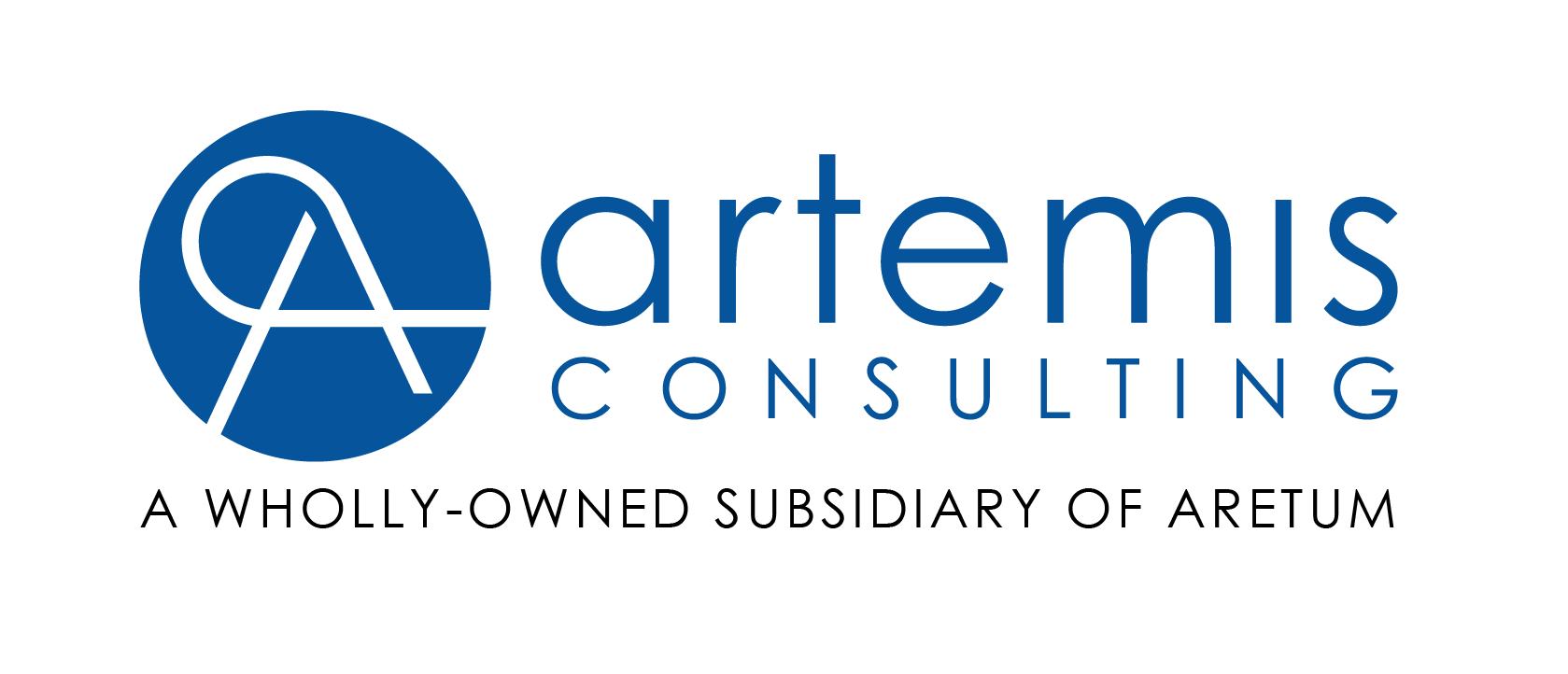
Recently, I came across various agile development projects where very little attention was paid to developing a ‘product roadmap’. As agile ideologies and more dynamic teams are rapidly replacing waterfall software development methodologies, the focus is clearly shifting from creating detailed requirements documents to developing product backlogs. With agile transformations being implemented across the industry. Government, non-profits, and organizations are trying to scale agile across the enterprise. Agile goals and project success criteria are often defined by velocity (points completed per sprint), working software, and/or meeting business requirements. But, what about an overall plan of where you are trying to go? Many people equate going agile to less planning and less structure, and a roadmap with backlog epics equates to a strategic view of the product. In my humble opinion, they are missing the big picture. A product roadmap should communicate the long-term vision of the product, not a series of backlog epics. This vision should then be represented in a visual chart, showing how the product, system, or application is going to evolve over the next 6, 12, and 18 month timeframes. At a high level, the product roadmap should include major features and milestones as well. Yes, planning 18 months ahead is still agile because we need to know where we are going, despite the fact that things can change along the way. Also, it’s perfectly fine to apply changes to the roadmap as needed. The product roadmap is also a living work-in-progress.
In addition to communicating a strategic view of the product, a well-defined product roadmap can also help with planning resources and budgeting. It also helps the team with developing the product backlog accordingly, and keeps stakeholders up to date and engaged in product discussions. Business and technology leaders often want to be more strategic and have visions and ideas that push the product strategy forward. Unfortunately, they also work in a reactive environment that prioritizes short-term needs over strategic goals. Hence, the product roadmap should be achievable, communicate a product plan the entire team agrees with, and solve a corporate or organization business need.
